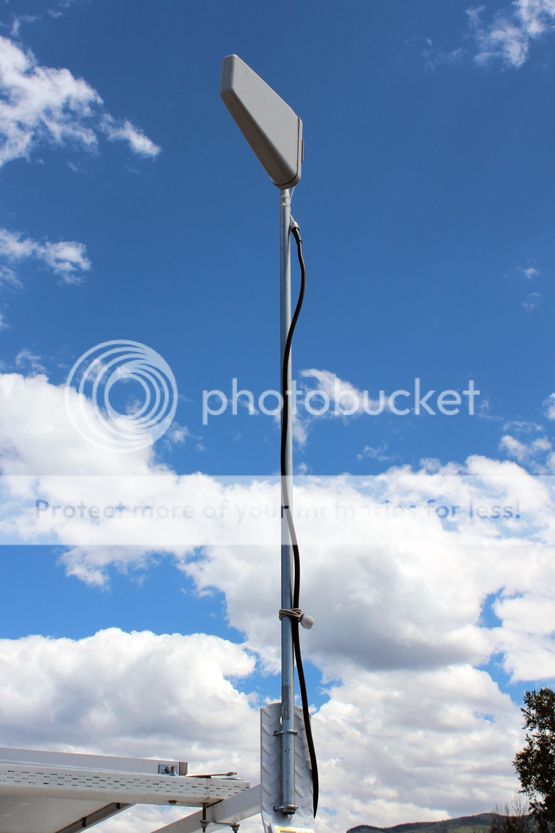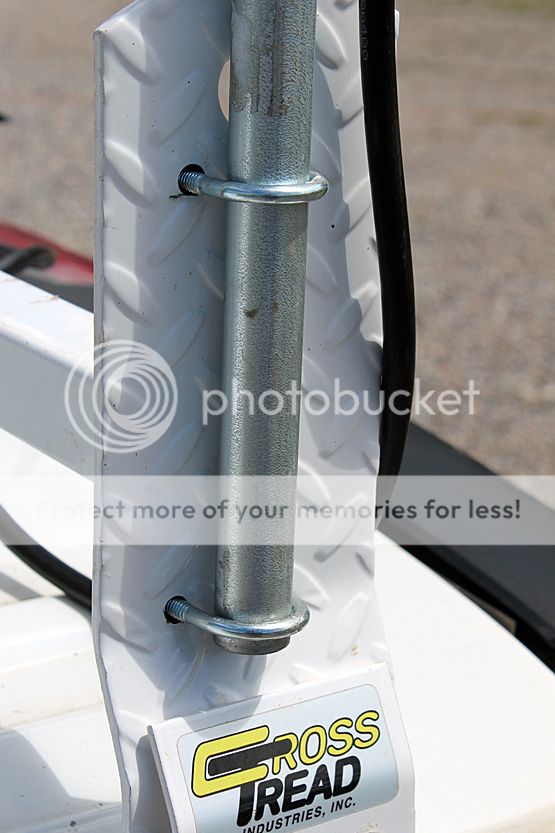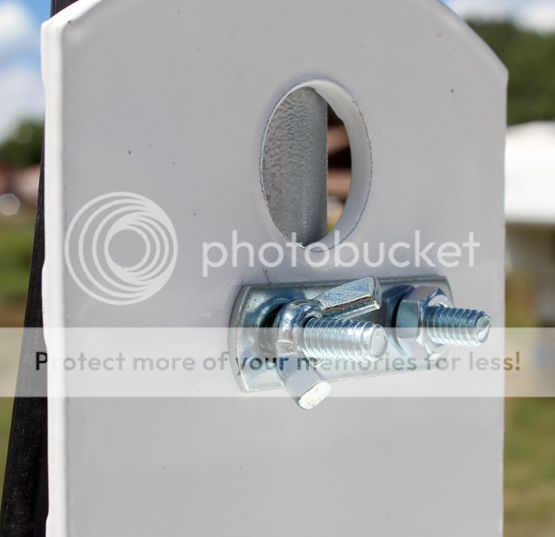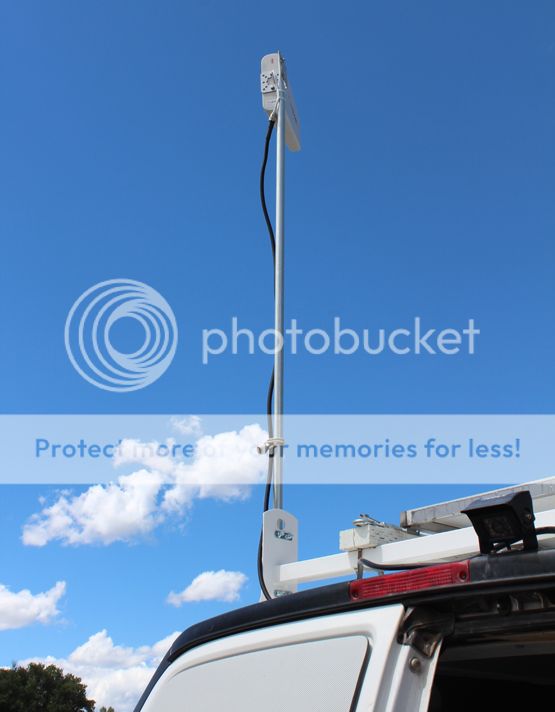MrNoodly
Well-known member
- Joined
- Dec 15, 2012
- Messages
- 4,967
- Reaction score
- 60
After three years of vandwelling, I decided to add a directional cellular antenna to my booster to help me out in some of the places I tend to boondock. I thought about different ways I could mount a mast to my van and had an ah-ha moment. It was rather obvious. I'd use U-bolts through an upright of my ladder rack.


I drilled the holes larger than the U-bolts to give me some slack so that I wouldn't need to loosen all the nuts when I wanted to mount and remove the mast or aim the antenna. Wing nuts mean I don't need a wrench to do it.

I don't have a picture of it, but I also flattened the top of the mast a little to make it easier to drill holes and bolt the antenna to it.



I drilled the holes larger than the U-bolts to give me some slack so that I wouldn't need to loosen all the nuts when I wanted to mount and remove the mast or aim the antenna. Wing nuts mean I don't need a wrench to do it.

I don't have a picture of it, but I also flattened the top of the mast a little to make it easier to drill holes and bolt the antenna to it.











































































